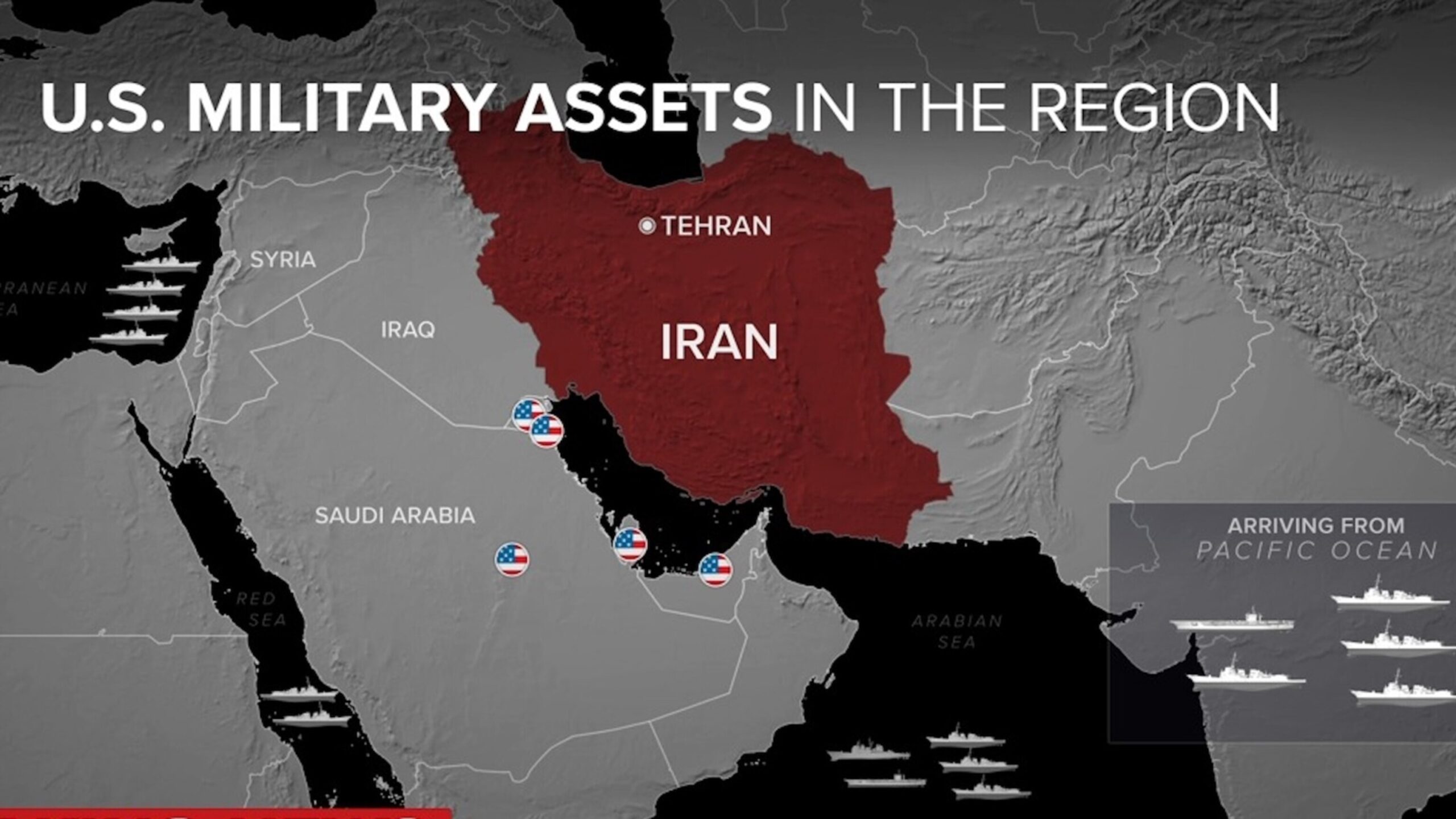
The B-2 stealth bomber, a pinnacle of American military technology, recently executed a historic mission, targeting three nuclear facilities in Iran. Codenamed Operation Midnight Hammer, this operation marked a significant escalation in the Israel-Iran conflict, showcasing the unmatched capabilities of the B-2 stealth bomber and its GBU-57 Massive Ordnance Penetrator (MOP) bombs. This blog delves into the details of the mission, the technology behind the B-2 stealth bomber, and its strategic implications, with a focus on the keyword B-2 stealth bomber for SEO optimization.
The B-2 Stealth Bomber: A Technological Marvel
The B-2 stealth bomber, developed by Northrop Grumman, is the only aircraft capable of delivering the GBU-57 MOP, a 30,000-pound bunker-buster bomb designed to penetrate deeply fortified targets. With a price tag of approximately $2.1 billion per unit, the B-2 stealth bomber is the most expensive military aircraft ever built, boasting advanced stealth technology that allows it to evade sophisticated air defenses.
Key Features of the B-2 Stealth Bomber
- Stealth Capabilities: The B-2 stealth bomber’s aerodynamic design and internal weapons bays minimize radar detection, enabling it to penetrate heavily defended airspace.
- Range and Payload: With a range of over 6,000 nautical miles without refueling (extendable to 19,000 km with one mid-air refueling), the B-2 stealth bomber can strike global targets, carrying up to 40,000 pounds of ordnance, including two GBU-57 MOP bombs.
- Precision Strike: Equipped with GPS-guided Joint Direct Attack Munitions (JDAM) and Joint Air-to-Surface Standoff Missiles (JASSM), the B-2 stealth bomber ensures high-accuracy strikes against hardened targets.
Operation Midnight Hammer: Striking Iran’s Nuclear Sites
On June 22, 2025, seven B-2 stealth bombers departed from Whiteman Air Force Base in Missouri, executing Operation Midnight Hammer. The mission targeted three key Iranian nuclear facilities: Fordow, Natanz, and Isfahan. The B-2 stealth bomber’s ability to deliver GBU-57 MOP bombs was critical, as these facilities, particularly Fordow, are deeply buried and fortified.
Details of the Strike
- Fordow Nuclear Site: Located 300 feet beneath a mountain near Qom, Fordow is Iran’s most fortified uranium enrichment facility. Six B-2 stealth bombers dropped 12 GBU-57 MOP bombs, creating six craters visible in satellite imagery, indicating severe damage.
- Natanz Enrichment Complex: Iran’s largest nuclear site, Natanz, was hit by one B-2 stealth bomber with two GBU-57 MOP bombs and 30 Tomahawk cruise missiles launched from a U.S. submarine.
- Isfahan Nuclear Facility: A research and production center, Isfahan was targeted with over two dozen Tomahawk missiles, complementing the B-2 stealth bomber strikes.
Strategic Execution
The B-2 stealth bomber mission involved 125 aircraft, including fighter jets, refueling tankers, and surveillance planes. Six additional B-2s were sent to Guam as decoys to mask the operation’s intent. The bombers flew undetected, with Iran’s air defenses failing to engage, highlighting the B-2 stealth bomber’s prowess.
Impact and Controversy of the B-2 Stealth Bomber Strike
The B-2 stealth bomber strikes reportedly inflicted “extremely severe damage” to Iran’s nuclear infrastructure, with President Donald Trump claiming the facilities were “completely obliterated.” However, Iranian officials, including Mehdi Mohammadi, Iranian officials, including Mehdi Mohammadi, reported that Fordow was cleared of personnel prior to the strike, with damage deemed “capable of being restored.”
Environmental and Diplomatic Concerns
- No Radiological Contamination: The International Atomic Energy Agency (IAEA) confirmed no increase in radiation levels outside the sites, alleviating fears of widespread contamination.
- Diplomatic Fallout: The strikes escalated tensions, with Iran’s President Masoud Pezeshkian demanding a response and condemning the U.S. action as a “barbaric violation” of international law.
Political Reactions
- Support: Israeli Prime Minister Benjamin Netanyahu lauded the B-2 stealth bomber strikes, coordinated with Israel, as vital in thwarting Iran’s nuclear ambitions, with U.S. support.Republicans, including former Vice President Mike Pence, lauded the operation.
- Criticism: Democrats, such as Senator Jeanne Shaheen, warned against rushing into war, citing risks of broader conflict.
Strategic Implications of the B-2 Stealth Bomber Mission
The B-2 stealth bomber operation underscores America’s unmatched military capabilities and its commitment to preventing Iran from developing nuclear weapons. However, it raises questions about long-term regional stability and the feasibility of diplomatic resolutions.
Why the B-2 Stealth Bomber Was Essential
- Unique Capability: Only the B-2 stealth bomber can deploy the GBU-57 MOP, necessary to penetrate Fordow’s fortifications. Israel’s arsenal, including GBU-28 and BLU-109 bombs, lacks the required depth penetration.
- Psychological Impact: The strikes demonstrated U.S. resolve, potentially deterring Iran’s nuclear ambitions, though experts argue Iran could rebuild its program.
Future Outlook
The B-2 stealth bomber mission may reshape Middle East dynamics, with Israel advocating for regime change and Iran vowing retaliation. The operation’s success hinges on whether it permanently disrupts Iran’s nuclear capabilities or merely delays them.
Conclusion
The B-2 stealth bomber’s role in Operation Midnight Hammer marks a historic use of America’s most advanced aircraft and weaponry. By targeting Iran’s Fordow, Natanz, and Isfahan nuclear sites, the B-2 stealth bomber demonstrated its unparalleled ability to strike fortified targets with precision and stealth. While the operation achieved significant damage, its long-term impact on Iran’s nuclear program and regional stability remains uncertain. The B-2 stealth bomber’s legacy as a game-changer in modern warfare is undeniable, cementing its status as a cornerstone of U.S. military power.








